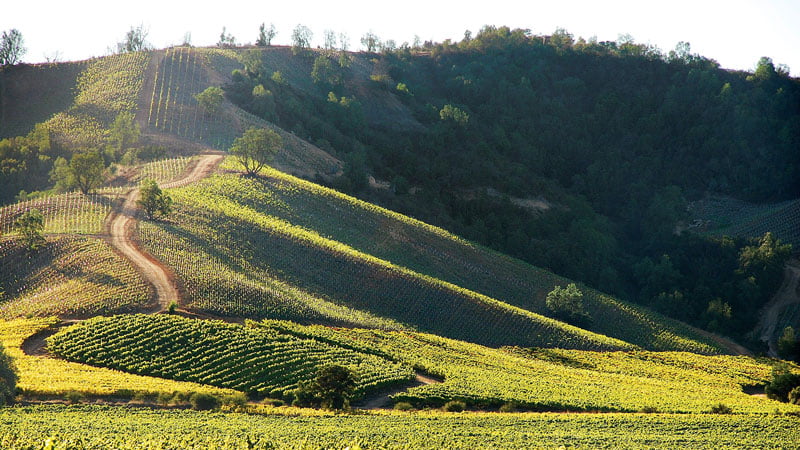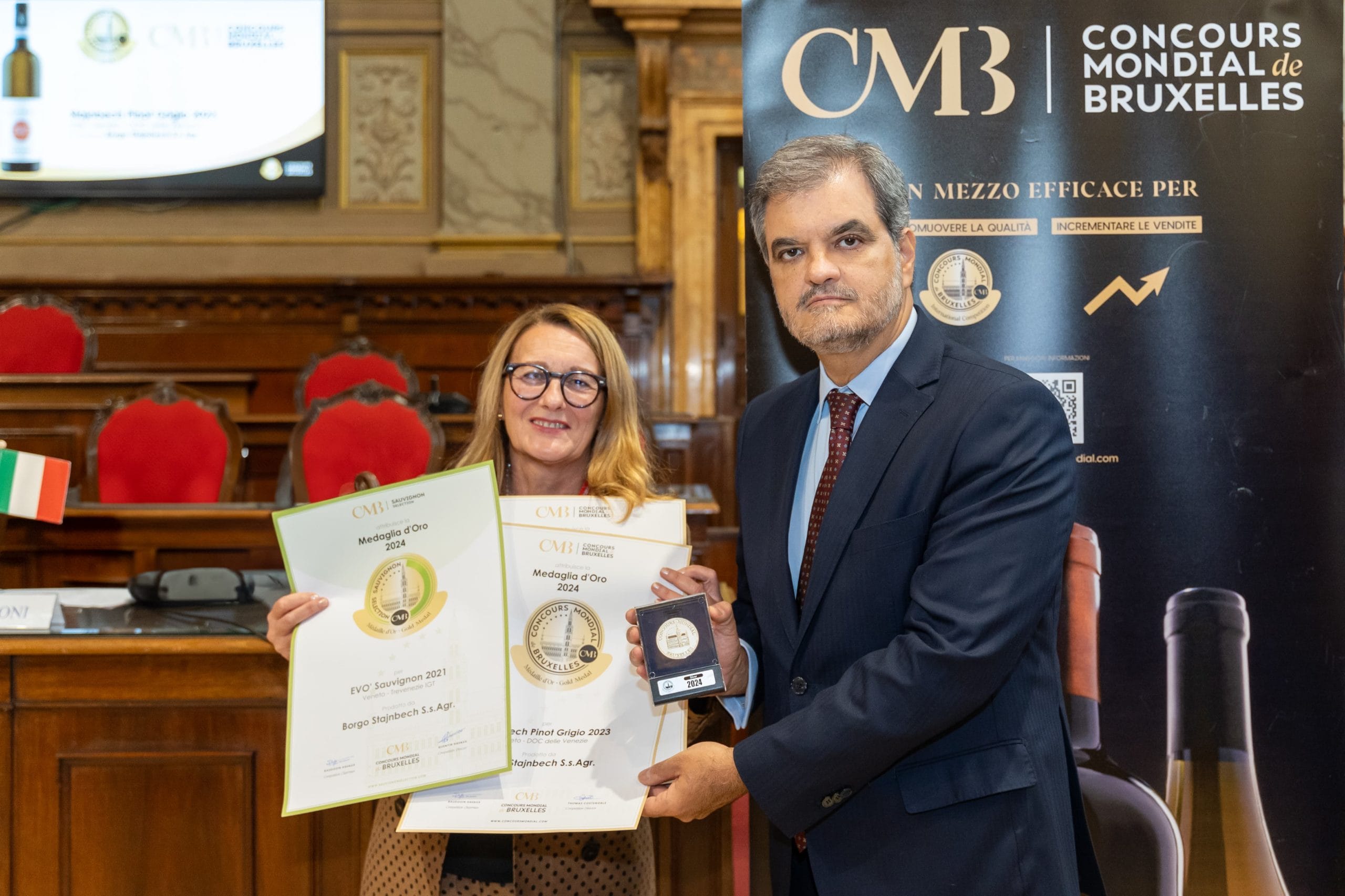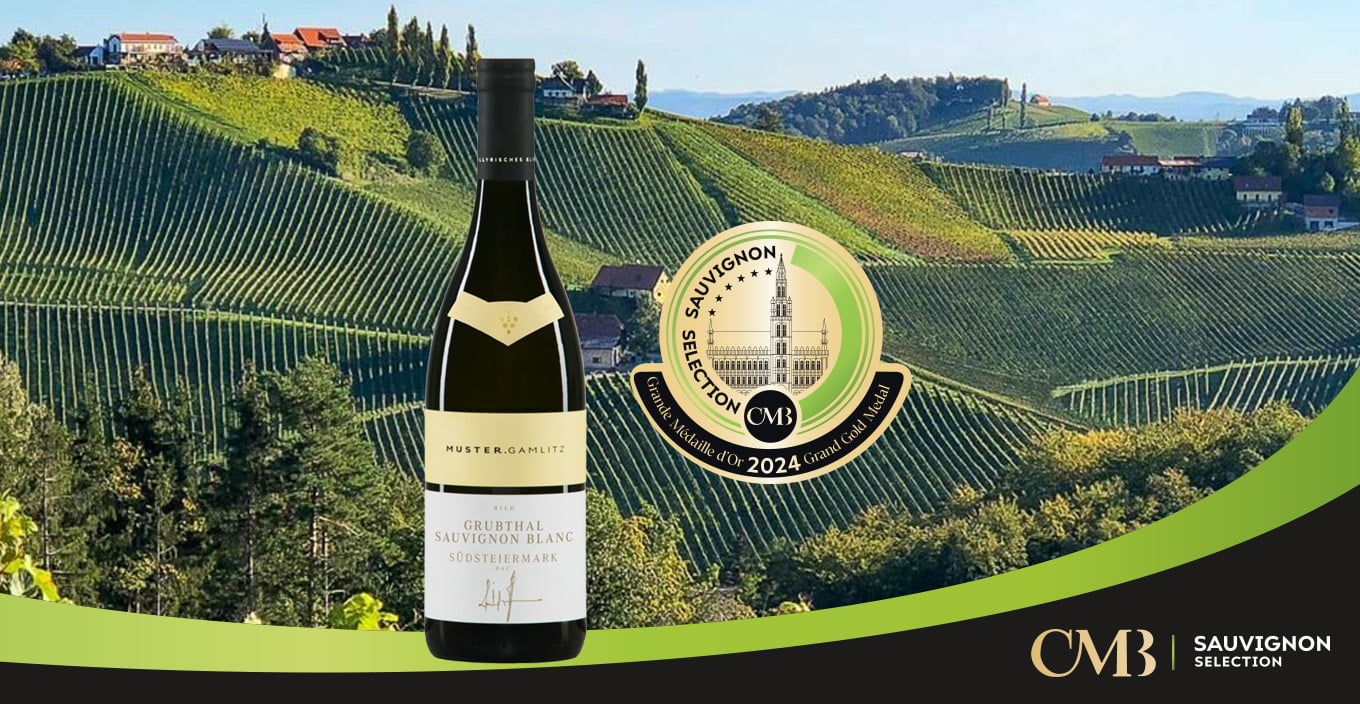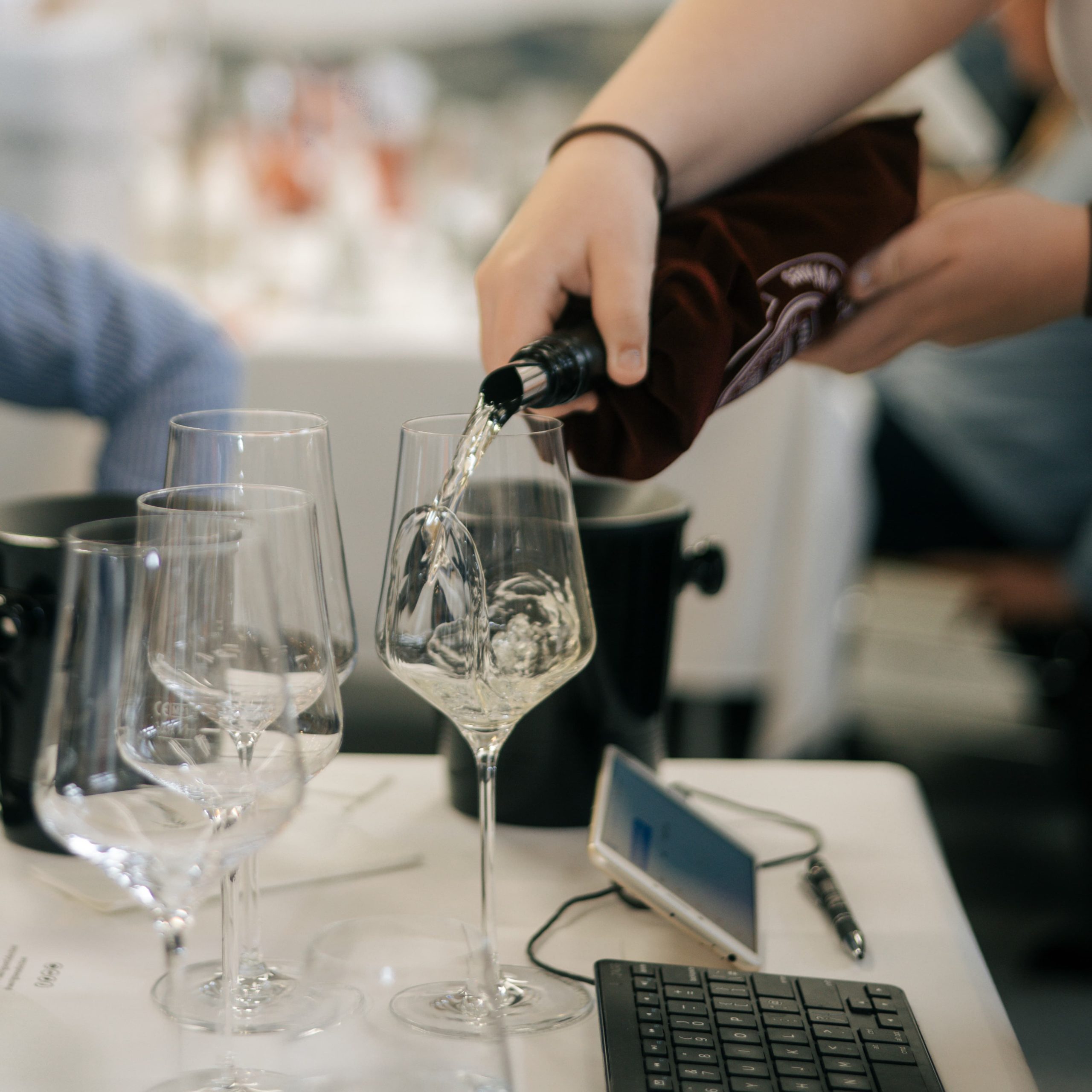The many faces of Chilean Sauvignon

Over the past few years, Chile has evolved into a major producer of Sauvignon blanc with a strong international presence. This month, the Sauvignon blanc steering committee invited Chilean wine writer Patricio Tapia* to shed light on the advent of the varietal in Chile and its subsequent spread to specific wine regions, particularly the Casablanca and San Antonio valleys.
By Patricio Tapia
Until the end of the 1980s, Chilean white wines lagged far behind the reds. Generally made in an oxidative, concentrated style from the Sémillon grape, they were almost always a pale imitation of finos and manzanillas from Jerez.
Over the last few years, things have changed a lot and probably white wines are where the changes are most noticeable. These ‘Sherry’ imitations were superseded by the discovery of the Casablanca valley, the first ‘cold’ valley in modern-day Chilean wine history. Chardonnay was the first cultivar to be planted, producing an ocean of Chardonnay wines designed to slate the global thirst for a varietal which flooded the market in the 1990s. Sauvignon was the second grape variety to be planted, marking the start of some serious change.
Until the start of the 1980s, most of what Chileans thought was Sauvignon blanc growing in the vineyards was in actual fact Sauvignon vert or Sauvignonasse, an ancient Bordeaux variety. In 1978, Pablo Morandé, the acclaimed Chilean winemaker and at that time owner of a substantial vine nursery in Chile, now owner of Bodegas Ré, was one of the first to import plant material – from the University of California at Davis – and clone it.
As part of his research and intention of diversifying and updating supplies for his nursery, Morandé imported Clone 1 that had become very popular due to its success in the New Zealand wine industry. The differences were soon plain for all to see.
“We realised that the new cloned plant material was much later-ripening, by at least a month. The acidity was more pronounced, the aromas more fruity with less onion, and the wine managed to retain its freshness longer”, recalls Morandé who planted his new plant material in Casablanca.
The emergence of Casablanca
The fact that Morandé chose Casablanca was not just a coincidence. Nowadays, most of the finest Chilean Sauvignon blancs begin life under the influence of the cold Pacific Ocean. But back in 1982, when vine plantings began in Casablanca, all wines came from the hotter, less humid areas located inland where ripening was slower. Although many people thought he was mad to try growing vines in an area so close to the sea – approximately 40 km away and now considered to be quite a long way away – winemaker Morandé was convinced that to obtain the fresh aromas and acidity that he had imagined, he needed the cooling influence of the Pacific. His belief was vindicated.
Although Morandé played a key part in introducing the right plant material and subsequently planting it in the suitable place, the wine maker Ignacio Recabarren was also instrumental in showing the variety’s potential in Chile, particularly along the Chilean coast.
Driven by the impact Sauvignon blanc was having in New Zealand at that time, Recabarren head towards the country in 1990 to find out more. On his return to Chile in 1991, Recabarren launched a project at Vina Casablanca, a subsidiary of Santa Carolina.
Obsessed by Sauvignon blanc, Recabarren bought grapes from El Ensueno, the new Morandé vineyard planted to Clone 1, in order to make his first Vina Casablanca Sauvignon. And so the story began. Intuitively, Pablo Morandé believed that Casablanca could capitalise on Sauvignon blanc due to the cool climate created by the Humboldt Current which flows over the Chilean coast. Ignacio Recabarren was tasked with proving out in the field that his intuition was right.
A new generation of producers – Casas del Bosque, Veramonte and Villard – followed Recabarren and Morandé’s example and began experimenting with the variety in Casablanca. Similarly, Sauvignonasse plant material was gradually replaced by clones imported from UC Davis and various French nurseries.
The diminutive Sauvignon blanc hectareage planted by Morandé in Casablanca has now risen to 2,380 hectares across the valley, over a third of the total vineyard area planted to white grapes. Although by number the team of good Casablanca Sauvignon producers is the largest in the country, it doesn’t have the sole prerogative when it comes to producing wines from the varietal. San Antonio, another valley located slightly farther south and nearer the coast, also has a lot to say on the issue.
San Antonio and Leyda follow suit
San Antonio is younger. The first plantings in the valley date back to 1998 and its emergence on the local scene goes back no earlier than 2003 with the first wines from vineyards such as Vina Leyda, Garcés Silva, Matetic and Casa Marín – the magical quartet from San Antonio. In around 2006, versions from other wineries which bought in grapes from other producers in the valley, particularly in the sub-zone of Leyda, began emerging. The sub-zone, until now the most highly populated in San Antonio, seems to be the one attracting the greatest number of leading Chilean wine producers: Santa Rita, Undurraga, Anakena and Mont Gras, to name a few.
From a taste perspective, the differences in Sauvignons from either valley are not very clear-cut to date. Theoretically, it is widely said that San Antonio and its proximity to the Pacific Ocean produce Sauvignons with a fresher, herbal edge, whilst in Casablanca notes are closer to ripe white fruits or even tropical fruits. However, like all things in the world of wine, generalisations are hazardous. How can generalisations be made considering the wide array of soil types and climates? Roughly speaking, the herbal-tropical fruit duo can work but halfway along the Sauvignon route following the Chilean coastline, you will realise for yourself that the differences run much deeper.
Another detail to be taken into consideration is the imported cloned plant material which has obviously had an impact on the diversity of Sauvignon, as much in Casablanca as in San Antonio. Without going into figures about clones or their characteristics – that vary significantly depending on the soil or mesoclimate where the material has been planted – suffice it to say that in Casablanca today there are easily ten or so Sauvignon clones. Hence, with the existing genetic material alone, there are at least ten different Sauvignons around the region.
To make things even more complicated, on top of all the above, a mention has to go to the range of soil types – granite, clay and sand primarily – and the mesoclimates which run from ‘Upper Casablanca’, the hottest area and farthest away from the Pacific, to ‘Lower Casablanca’, the coolest area. As the mesoclimates of Leyda and Lo Abarca – the latter located 4 km from the sea – have very little in common, it is safe to say that the expression ‘coastal Sauvignon’ is in reality a sum of smaller individuals, a large family united by common roots, but with very different personalities.
Heading for higher ground
The reality is that there isn’t only ‘coastal Sauvignon’. In the search for cooler areas, the obvious option was to head for higher ground, towards the Andes mountain range where the chilly mountain breezes slow grape ripening and also preserve acidity which is an essential component of Sauvignon blanc’s character. The finest example is work by winemaker Rafael Tirado, opposite Lake Colbún in the Maule Valley, approximately 50 km south of Casablanca, in the foothills of the Andes. Its name is Laberinto.
Vineyards belonging to Tirado – the former winemaker at Bodega Veramonte, one of Casablanca’s pioneers – are located 600m above sea level, a considerable height for Chilean winemaking. This is a small family project producing a diminutive 25,000 bottles a year from 18 hectares planted in around 1993; six of them are planted to Sauvignon.
According to Tirado, the character of Laberinto Sauvignon is determined by the volcanic soil and constant presence of cool breezes from the Andes. “Unlike other, warmer and cooler places, here I believe that ripening is still very slow and gentle but doesn’t stop when temperatures drop or rise dramatically during the day. Where this does happen, I find that there is a significant loss of acidity and minerality”, claims Tirado.
Cenizas de Laberinto, the only Sauvignon produced by Laberinto on the banks of Colbún, has very little in common with coastal Sauvignons or rather with the generic Sauvignon from the Chilean Central Coast area, with its exuberance, freshness and rich aroma. Conversely, Cenizas comes across as being more austere with more concentrated acidity and structure.
This distinctive character is the greatest proof that Sauvignon blanc is a category of New World wines that is becoming increasingly well-known in the international marketplace. The truth of the matter is that referring to ‘Chilean Sauvignon’ is a gross generalisation. Although its history may be recent, the varietal is poised to reveal myriad facets thanks to the diversity of Chile’s wine regions.
* Patricio Tapia graduated with a degree in journalism from the Universidad de Chile in Santiago, before attending Bordeaux University in France, where he studied for a diploma in wine tasting and winemaking. Currently, he is Wine & Spirits’ critic for the wines of Argentina, Chile and Spain and regularly writes on Argentine wines for Decanter Magazine, in London. He is also the author of the annual Descorchados, an Argentine, Chilean and Uruguayan wine guide, published in both Spanish and English.


